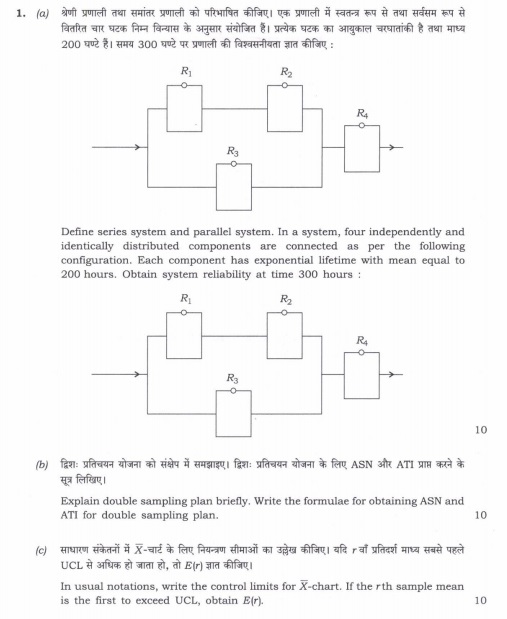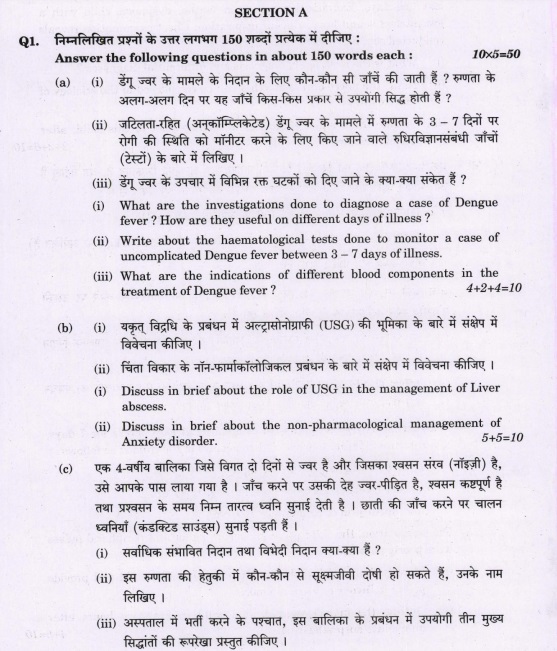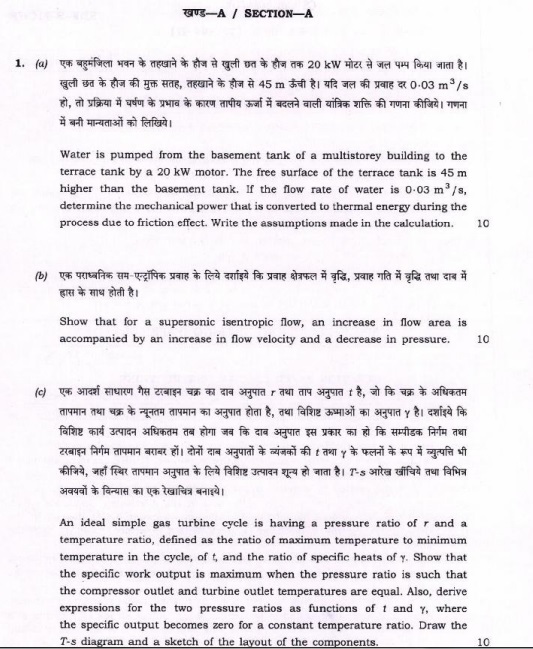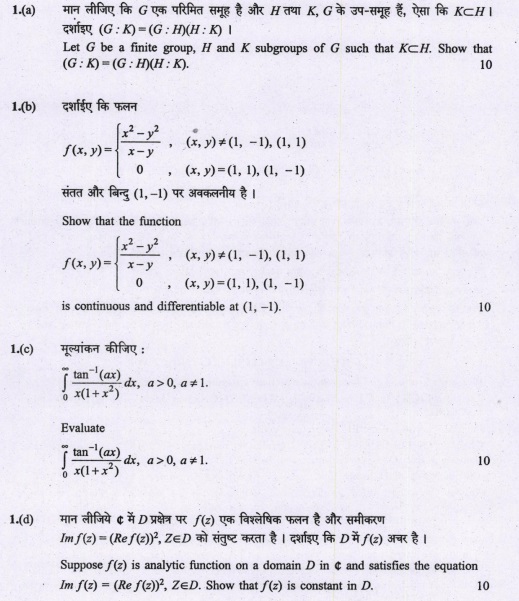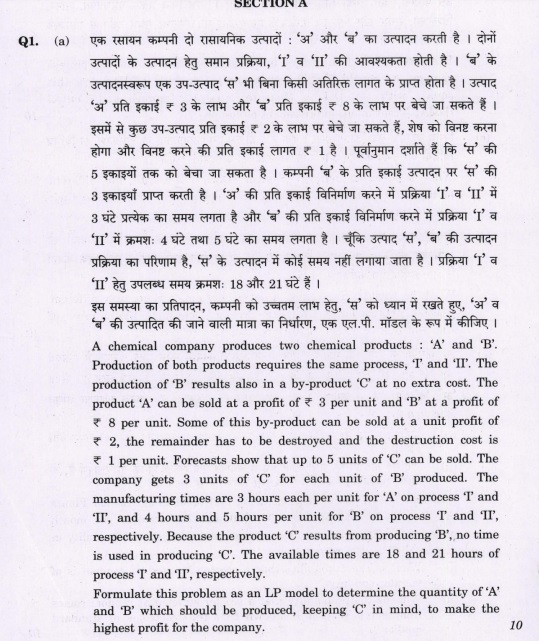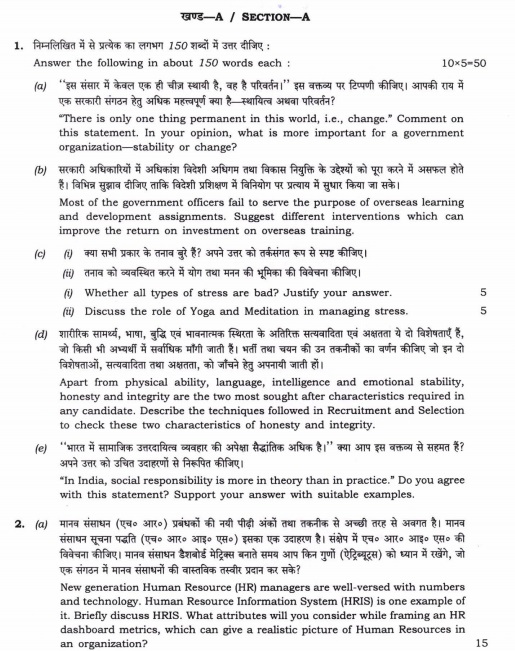
(Download) CS (MAIN) EXAM:2019 GEOLOGY (Paper I)
- Exam Name: CS (MAIN) EXAM:2019 GEOLOGY (Paper I)
- Marks: 250
- Time Allowed : Three Hours
SECTION-A
Q1. Answer the following questions in about 150 words each: 10x5=50 marks
(a) Discuss three indirect methods and three direct methods of dating geological formations and geological events.
(b) What are the characteristics of glacio-fluvial deposits? Discuss five glacio-fluvial depositional landforms with neat diagram.
(c) Explain the differences between satellite remote sensing and aerial photographs. What are their mutual advantages and limitations?
(d) Draw a cross-section from north to south and discuss the tectonic framework of the Himalaya.
(e) How do you differentiate between brittle and ductile deformation in rocks?
Q2. (a) What are folds? Describe the morphology of the folds. Discuss the criteria of their recognition in the field. 20
(b) What are the evidences supporting continental drift' theory and what are its limitations? 15
(c) Describe the spatial, spectral, radiometric and temporal resolutions of a satellite image. Discuss the spatial and temporal resolutions needed for geological, climatological, emergency response and meteorological study. 15
Q3. (a) Briefly describe Global Positioning System (GPS) and its characteristics, its different segments and GPS satellite signals. List any five applications of GPS. 20
(b) With the help of neat sketches, describe the effect of faults on outcrop pattern. 15
(c) What is volcano? Discuss four positive relief features and four negative relief features associated with a volcano.
Q4. (a) What are 'island arc' systems? What are its major characteristics? Draw a schematic section through an island arc system and describe all its components. 20
(b) What is meant by the term 'drainage pattern'? Draw neat diagrams and illustrate four different drainage patterns, and discuss their significance with respect to lithology and structure. 15
(c) What is rock cleavage? Give the significance of cleavage in deciphering the structure of a folded area.
Section-B
Q5. Answer the following questions in about 150 words each: 10x5=50 marks
(a) Define index fossils and give the characteristics of a good index fossil.
(b) Describe the mammalian fauna in the Siwalik Supergroup and add a note on the age.
(c) Give a short geological account of Deccan volcanic province'.
(d) Describe the geological factors to be considered in the construction of tunnels.
(e) Describe different types of aquifers and list the characteristics of a good aquifer.
Q6. (a) Define microfossil. Describe the characteristics like ecology, shape, size, composition and age range of Foraminifera.
(b) What are cratons? Give a brief account of stratigraphy and evolution of any one Indian craton.
(c) What are the factors that must be considered during the geological investigation for locating a dam site?
Q7. (a) Describe the groundwater provinces of India and comment on their hydrogeological potential.
(b) Write short notes on the following:
(i) Lower Vindhyan Group
(ii) Talchir Formation
(iii) Upper Siwalik Group
(c) Describe the evolution of Equidae from Eohippus to Equus.
Q8. (a) Give an account of stratigraphy of the Aravalli Supergroup.
(b) Define 'specific yield' and 'specific retention' of aquifers. Explain how they are related to porosity with the help of equations.
(c) What are the objectives of the scientific nomenclature of species? Describe the binomial nomenclature.


